India – Week 2: #selfiewithforeigner and sacrificing a goat
Visiting the village of goats
Week 2 started with a chill day at SEDS, before taking off to Bangalore. We visited the nearby village called Mekalapalli, the ‘village of goats’, because one of the women that works at SEDS wanted to show us her newly build house. She was so hospitable and friendly, and her neighbours and the kids from the village all came looking at ‘the foreigners’. Her house is a 8m2 room with a kitchen and a closet. Upon asking where she sleeps, she replied “outside”. Outside is dry, sandy land, where they either put a mat or a collapsable bed on the sand. She shares the house with her 17 year old son. But even though her idea of a house is so different from anything I’m used too, she seemed so proud and so content with what she has. She doesn’t even have her own toilet or shower, but that doesn’t seem to bother her. She also introduced us to her best friend from across the ‘street’ (read: sandy path), who then took us to her house for us to see. She gave us both a banana, as it is seen as polite to offer guests something to eat or drink, even though the hosts might be struggling to eat enough themselves. Next, we were invited to one of the other women’s house, all the while followed by a group of very curious children, some of whom we had already met at SEDS. This house too wasn’t much bigger than 8m2 and only had a kitchen and a couple of closets, but again we were welcomed with open arms and we got some tea and biscuits. Every now and then an occasional passerby would come in to take a selfie with us. It really made me think of what we need to be happy and about how we take a lot for granted back home. Would these people really benefit if we (Westerners) would build proper houses with toilets and showers for them? Would that increase their happiness? And are we westerners really living in a ‘better’ world just because we have more stuff than for example the people in this village?
Going further South
We got up very early on Tuesday, as we were about to embark on a 6-hour drive to Chennai, where our friend Rohith had some stuff to do. We thought it would be cool to see a new city and see some more of India along the way. I was already used to the chaotic Indian traffic, so I figured I might as well drive myself for a bit. So after Rohith drove us out of the city, I took over to do a couple of hours of driving on the highway. The city was too chaotic for me to drive in (but I did it anyway the next day, more on that below), but I was confident that I would be able to drive on the highway. With some trance music blasting through the speakers, I felt like I was in a racing game, trying to squeeze myself between two trucks to take them over and honking non-stop. See, Indians honk their horns and flash their high beams when it’s dark all the time, to give the cars in front of them a heads up. This is quite different than back home, where that kind of behaviour is only allowed in emergency situations. In all other situations you get fined, or at least you’ll be considered a very aggressive driver and a douchebag. But not in India though, where the sounds of car horns are often times very overwhelming. It was very funny to see drivers and toll booth employees look shocked and surprised at seeing a white guy driving a car through India.
We arrived in Chennai around noon, when Rohith dropped us off so he could run his errands. We took an Uber to the city center, where I quickly felt super overwhelmed with the people, the sounds and the smells. Besides, literally everyone was staring at us; Chennai is not a very touristy place and it’s inhabitants aren’t used to white people and non-black hair. Speaking of, when we were talking to one of the kids back at SEDS they actually asked us “why hair red?”. Anyway, as we were walking through Chennai we became more and more self conscious as people literally tapped each other on the shoulder to look at us. We also noticed that people were sneakily trying to take a selfie with us in the background and at one point someone ran in front of us to take a quick selfie. We decided to go to the beach, as we hoped to escape all the staring and also to escape the warmth (according to our phones it felt like 38 degrees). The light breeze from the Bengal See was indeed very much welcome, but we weren’t able to enjoy it for long as people started coming up to us to ask for a selfie. We kept declining their requests, but they would just come sit next to us on the beach and try to shoot a selfie regardless. We decided to leave the beach and we took a cab back to meet up with Rohith. In the cab, we did some research on why Indians ask for selfies with foreigners and it turns out that there’s actually a hashtag for that: #selfiewithforeigner. Apparently the Indian people from the rural areas travel to cities like Chennai for their holidays. As these people have never before come in contact with white people, seeing one (or two) during their holidays is quite an extraordinary event. To be able to show the people in their village that they actually met a white person, they want to take a selfie to prove it. As we found out, it’s not unusual for Indian people to form queues when they see someone taking a selfie with a white person. A Swiss couple was actually attacked last year after refusing to take a selfie with a group of Indian boys. This is definitely not a common thing, but it shows that this selfie thing is big and something to be conscious of while traveling to India. That night we went to bed early, as the day had been quite intense.
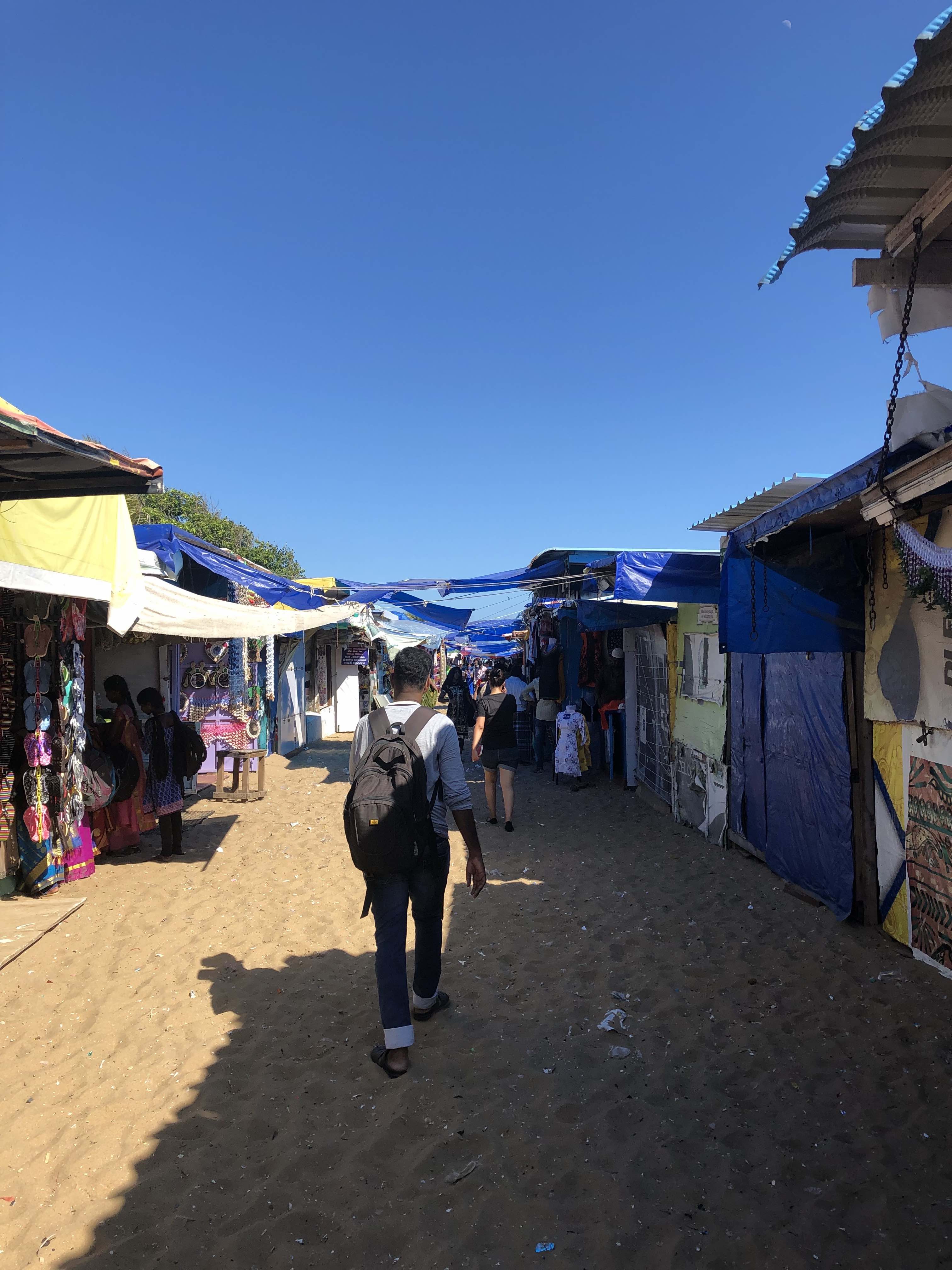
The next day we went to a crocodile and snake farm south of Chennai, which was actually quite cool. The snakes however were kept in tight captivity which was sad to see, but the crocodiles looked well looked after and we learned some more about those scary animals. After that, we drove a bit further south to look at some of India’s oldest temples, which are completely carved out of rock; super impressive to see. We drove back to Chennai, had some delicious lunch at one of Rohith’s friends’ restaurant, and then we started our 9 hour drive back to Bangalore.
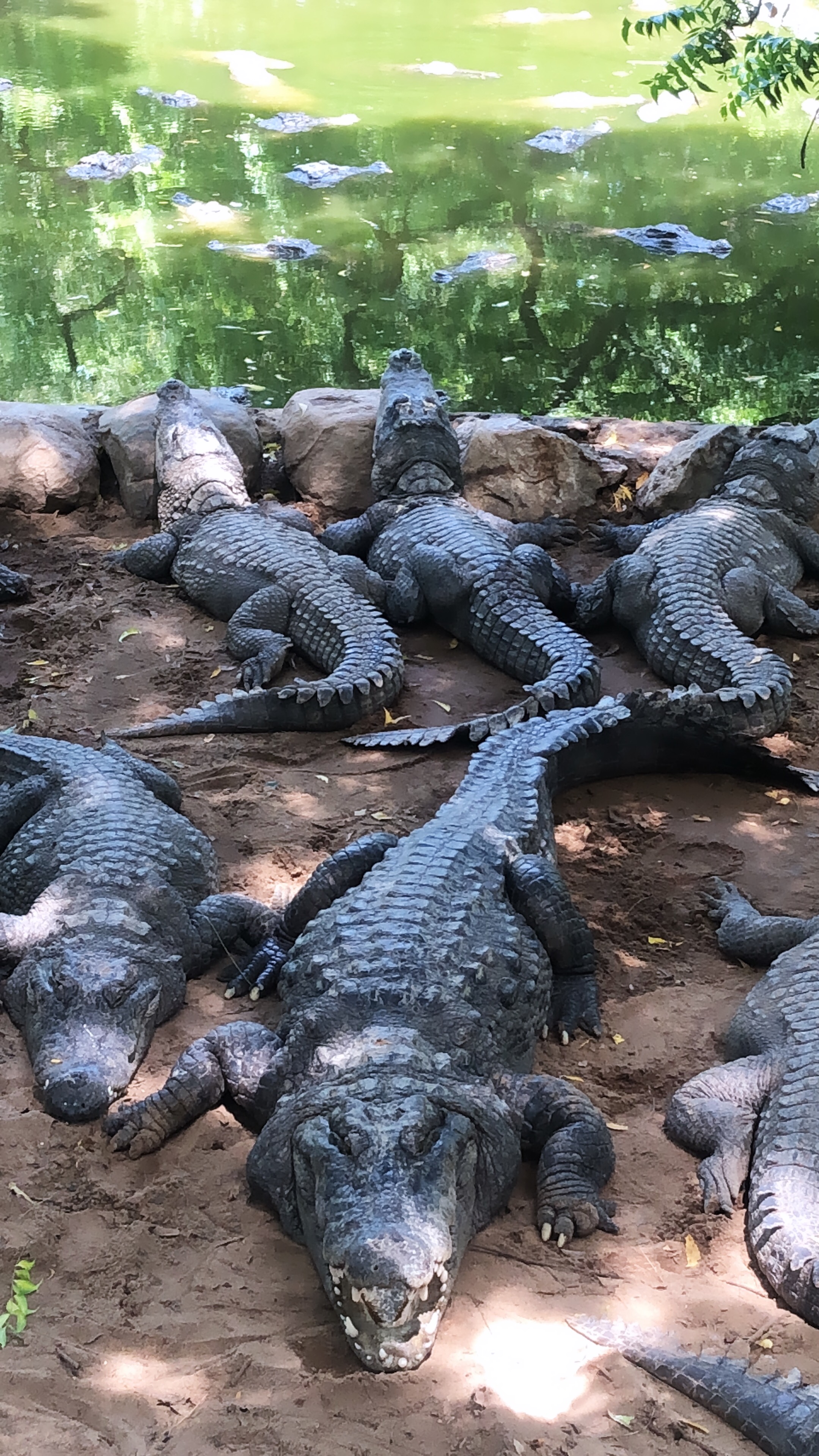
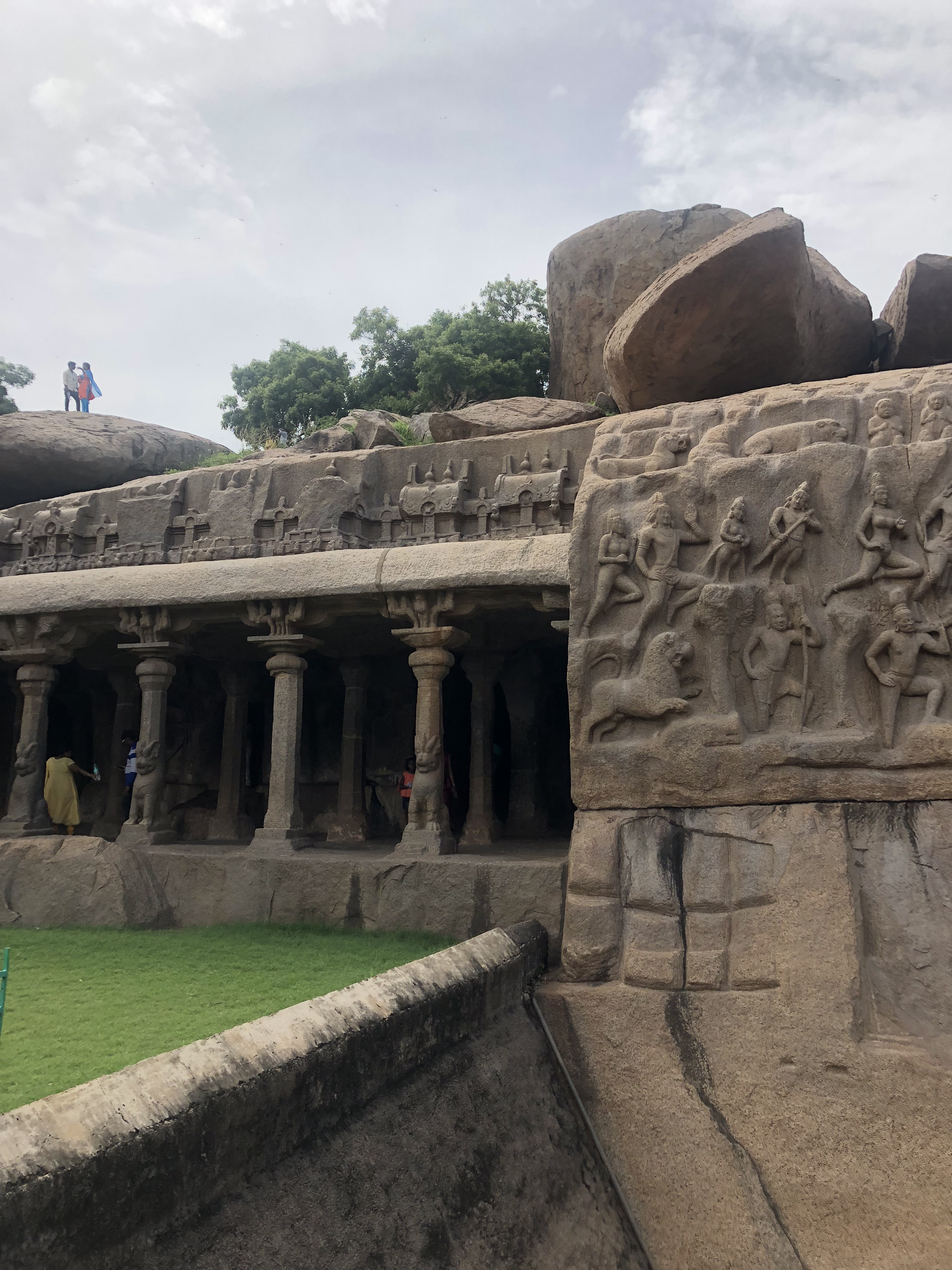
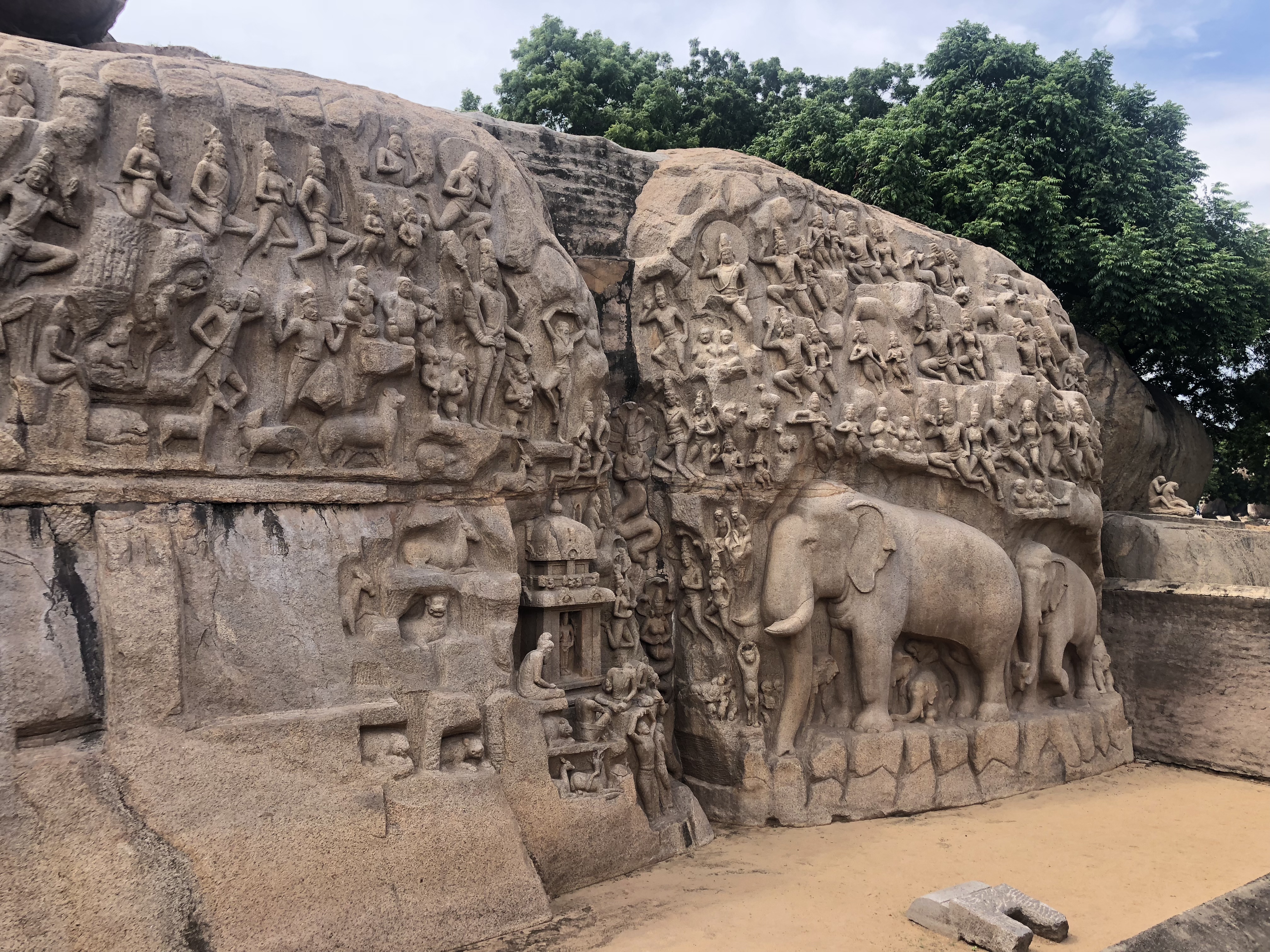
As we were driving through Bangalore after some 7 hours of driving, Rohith decided to get out of the car during a traffic stop for a quick whizz, by which he basically forced me to take over the wheel in case traffic was moving again. Which it did. So all of a sudden I was driving through Bangalore, in the night, watching my mirrors at least a hundred times per second, honking my horn equally as much and trying to avoid the four cars that were next to me on a two lane street. Yes, it was very chaotic and Kirra wasn’t completely (read: not at all) comfortable, but I adapted fast and I drove us out of Bangalore! Go me!
R.I.P. goat
On Thursday it was time to offer a goat to the goddess of technology and destruction. All the cars and motors on the SEDS property were put next to each other and they were decorated with flowers and herbs. Someone started chanting in front of each car, blessing them for another year. Then the first item was offered to the goddess: a melon. You gotta eat your vitamins of course. After that, it was time for the poor goat to be offered to the goddess and with a quick sweep of a machete, his head was chopped off and the cars and motors were to be functioning properly for another year. I was actually surprised at how untouched I was by seeing the goat having his life taken away so swiftly; yes it was a bit gruesome to see, but the goats parts were used as food later that day so it wasn’t a total waste. Also, since the act of taking the goat’s life was so quick, the goat didn’t seem to have suffered, so even though an act like that might seem barbarous, it really wasn’t that bad.
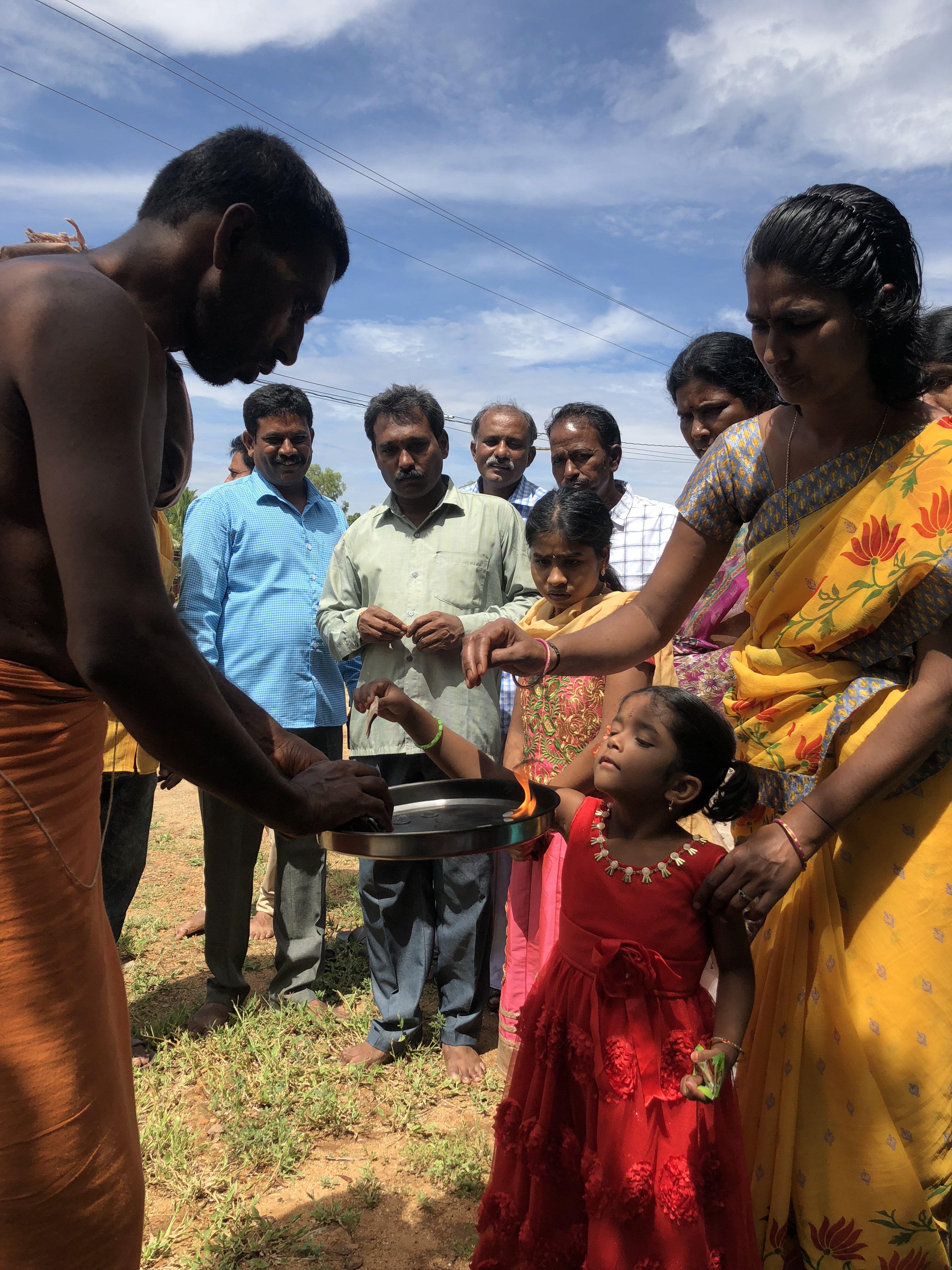

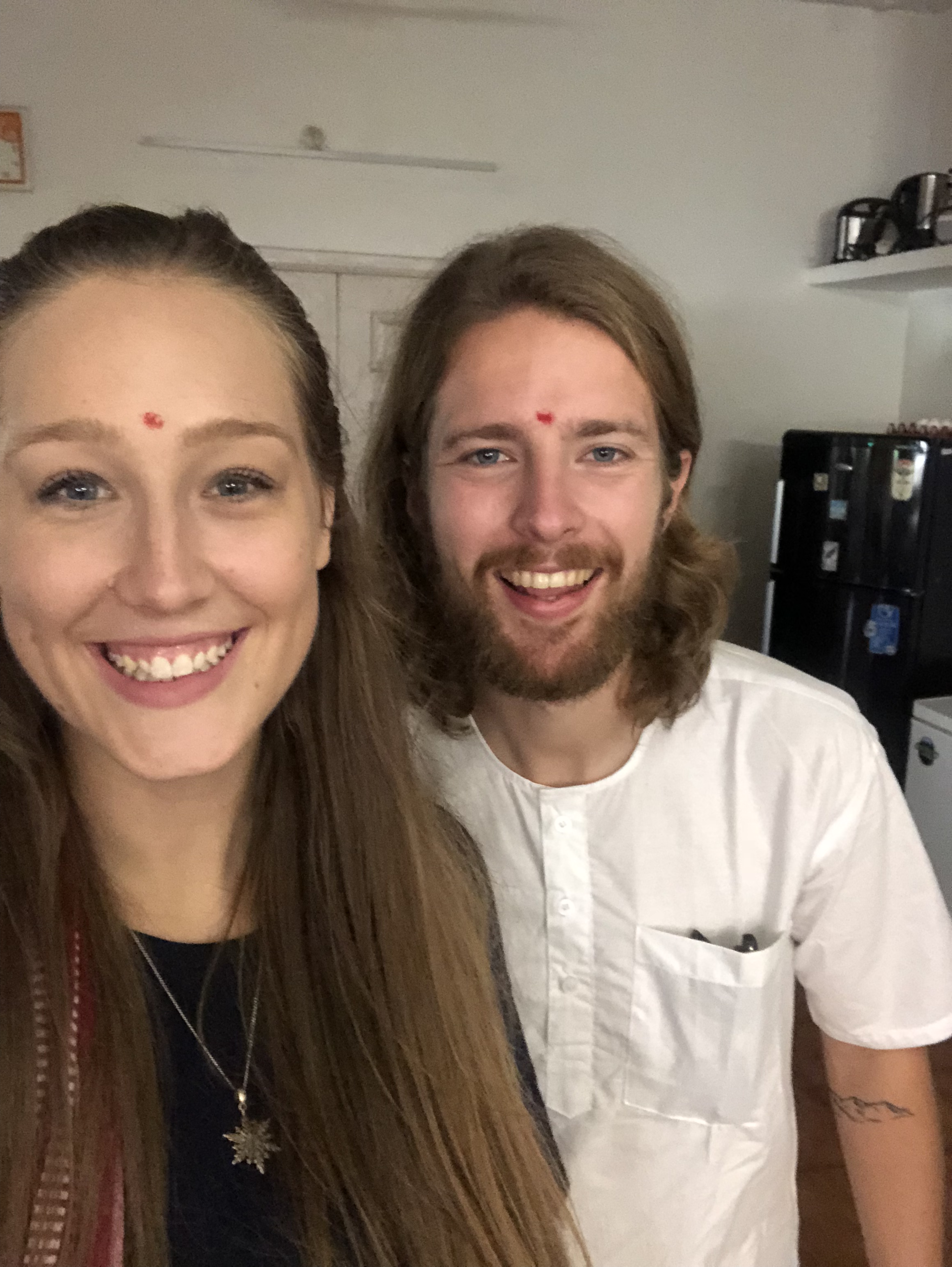
Almost everyone left the SEDS property for the weekend on Friday, so we had a chill weekend during which we took some time to prepare for our first days working at the school starting next Monday. To stay in shape and to learn something new, we started doing some acroyoga.

Key learnings
My impression of India so far has been one that is characterised by contrast. It’s so different than anything I’m used to, which also makes it so interesting to learn more about; not only to learn about India but also about ourselves and how we look at life and happiness back home. It’s only been two weeks but already I feel my comfort zone increasing, changing my perspectives and ideas about how to help people in less developed countries – and if help is even needed at all when people seem so proud with whatever little they have compared to what we have back home. We’re also learning a lot about how to run a NGO, what kind of factors are involved and what kind of problems you might face in doing so. The coming weeks we hope to learn more, as the school will soon start again and we will both be teaching the teachers, hoping to improve their English amongst others. Besides that, I will be developing a new website for SEDS, with which they hope to attract more volunteers and more funding, as well as to showcase the amazing things SEDS has done over the last 30 years.
The founders of SEDS truly moved mountains and we feel so inspired by them. To show you exactly how dedicated the founders of SEDS are, I want to conclude this post with a anecdote from Manil:
Back in the day, when money was really tight and we weren’t able to get any funding, Rajen and I took a train to Delhi because there’s a street there with all the embassies. We walked into each embassy, asking for money to support our cause. Five of the embassies did a one-off donation, which helped us to continue towards a greener tomorrow.

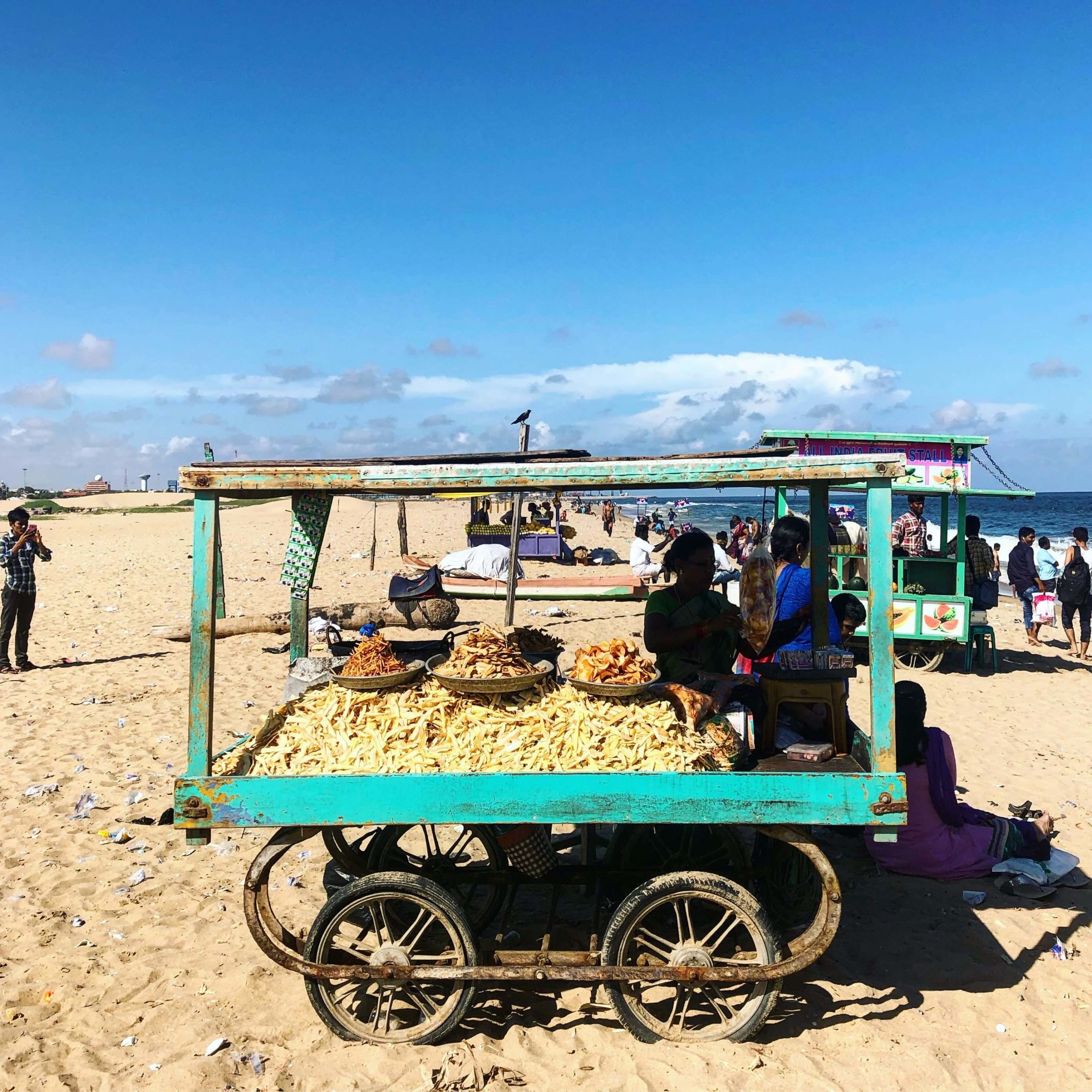
Mooi geschreven, Maurice!